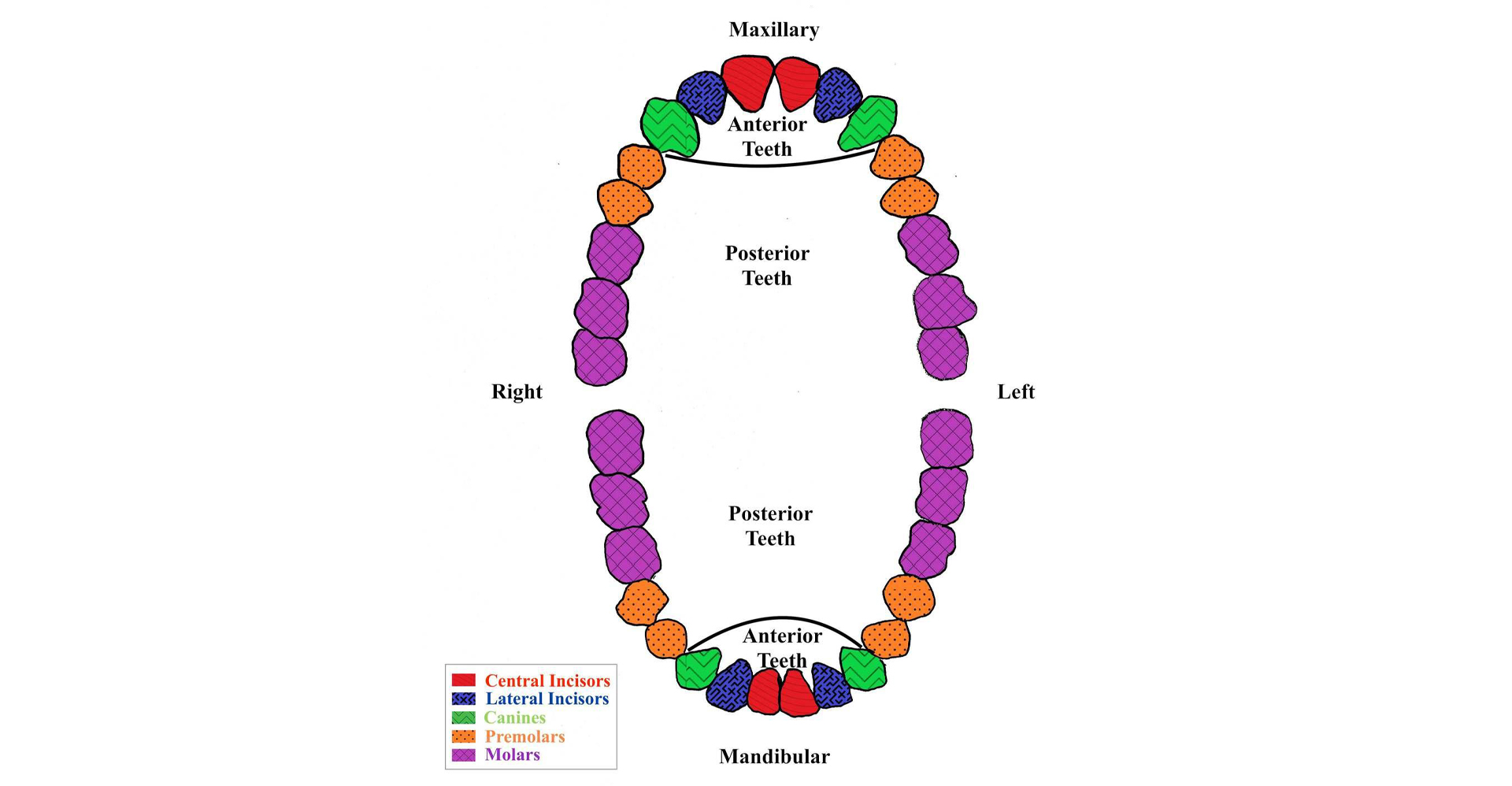The National Institute of Standards and Technology (NIST) has published Bitemark Analysis: A NIST Scientific Review. The draft report will be open for public comments through Dec. 12, 2022.
The report details the findings from a NIST review of the scientific foundations of bitemark analysis, a forensic technique used to compare the marks on the skin of a biting victim with the teeth of a potential biter.
There were several key takeaways identified as part of the scientific review, including one that states that bitemark analysis is not supported by sufficient data:
Forensic bitemark analysis lacks a sufficient scientific foundation because the three key premises of the field are not supported by the data. First, human anterior dental patterns have not been shown to be unique at the individual level. Second, those patterns are not accurately transferred to human skin consistently. Third, it has not been shown that defining characteristics of those patterns can be accurately analyzed to exclude or not exclude individuals as the source of a bitemark.
The Center for Statistics and Applications in Forensic Evidence (CSAFE) hosted a NIST-funded meeting in 2019 where forensic dentists, researchers, statisticians, lawyers and other experts addressed scientific questions around bitemark analysis. A meeting summary was written by Alicia Carriquiry, CSAFE director, and Hal Stern, CSAFE co-director. The CSAFE Bitemark Thinkshop Report provided information for the NIST review and has been published as a supplement.
NIST hosted a three-hour webinar on Oct. 27 to discuss the draft report and its findings. A recording of the webinar will be posted soon on the NIST website. For more information, visit https://www.nist.gov/news-events/events/2022/10/webinar-bitemark-analysis-nist-scientific-foundation-review.
Read the NIST news release on the report at https://www.nist.gov/spo/forensic-science-program/bitemark-analysis-nist-scientific-foundation-review.








